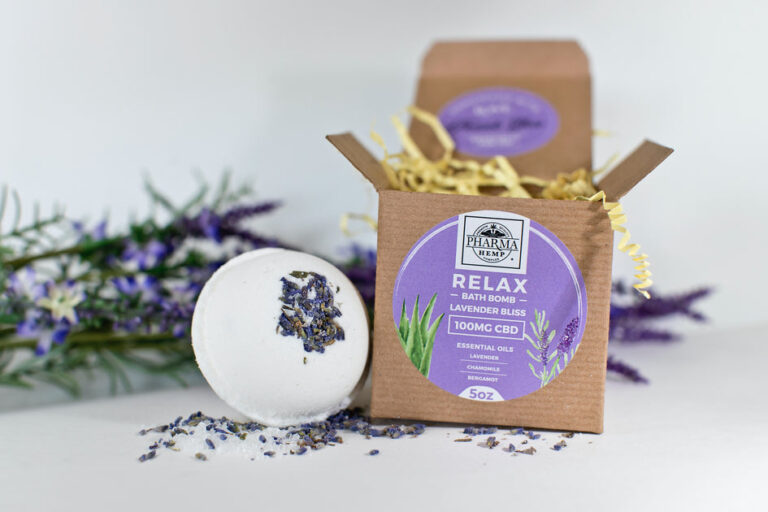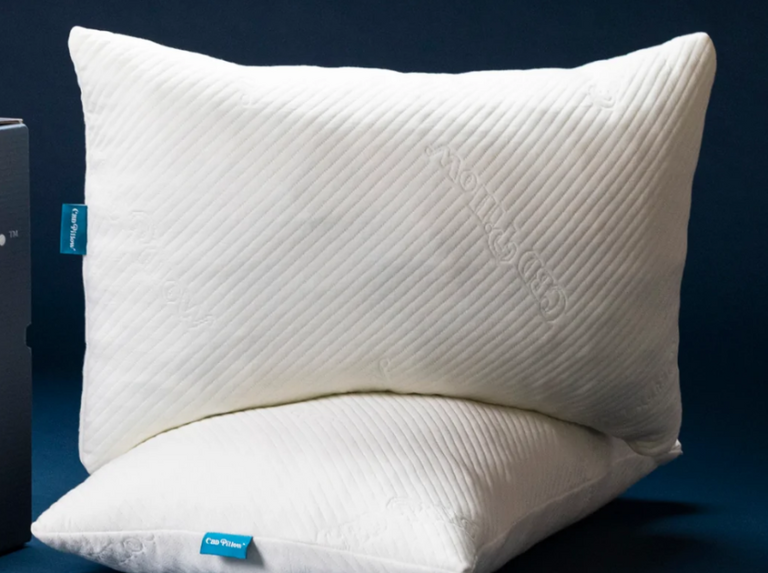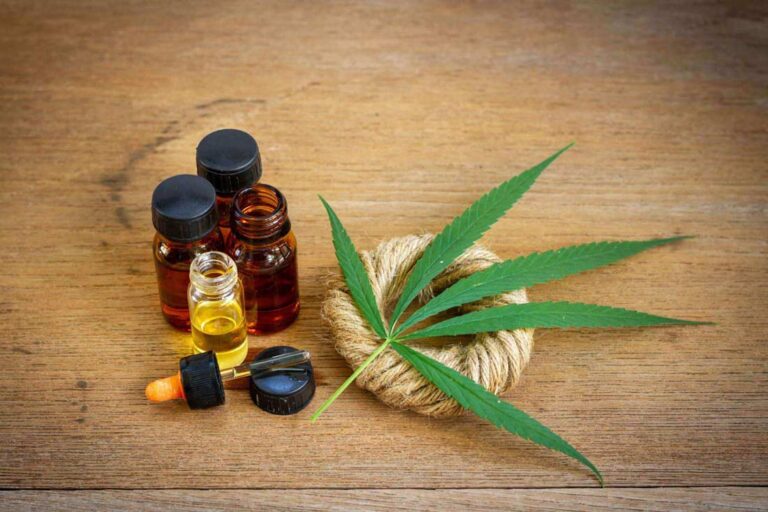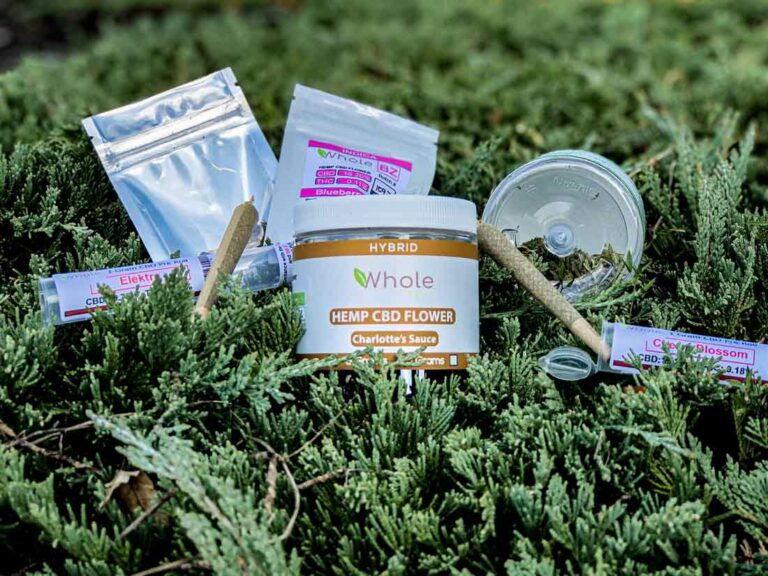Overview
By now, you’ve probably heard someone mention CBD, especially if you live with a chronic condition like pain or anxiety.
As U.S. states begin to legalize both medical and recreational cannabis, the market has enjoyed an influx of readily available CBD. Despite all the publicity, though, many people are unsure of what CBD is, how it can help them, and if it’s even legal.
If you’re looking to try CBD but aren’t sure where to start, we put together this quick, handy guide to answer your questions and help clear up some of the common misconceptions surrounding CBD and its uses.
Cannabidiol (CBD) is one of many active compounds found in the Cannabis plant. Tetrahydrocannabinol (THC) is another active compound and the most well-known, thanks to its psychoactive properties — it’s the one that gets you “high.”
CBD is nonpsychoactive but has a number of the same medical benefits as THC. This allows you to take advantage of the therapeutic benefits without leaving you with the “stoned” feeling that often goes hand in hand with THC.
That said, marijuana-derived CBD products, or CBD products that contain THC, may be more effective than fiber hemp. But if you live in a state that hasn’t yet legalized medical marijuana or these strains are unavailable, you can still benefit from products containing industrial hemp-derived CBD.
There’s not a lot of research on CBD, but the results of what has been studied are promising. Some studies have found CBD may be effective in providing relief from various mental health conditions, including:
- anxiety disordersTrusted Source
- post-traumatic stress disorder (PTSD)
- addictionTrusted Source
- schizophrenia
It may be effective for physical conditions as well. One studyTrusted Source on rats found that CBD oil may treat pain associated with arthritis, while another studyTrusted Source on human cells found that CBD cream was an effective anti-inflammatory.
CBD is available in several different forms. This allows people to tailor their method of use to their specific need. Here are the most common forms of CBD:
Oils and tinctures
These liquids, usually oils, are infused with CBD and placed under the tongue with a dropper. The oral mucosa is full of tiny capillaries that absorb the compounds quickly.
Oils and tinctures are a good choice for anyone who can’t take pills or capsules.
Creams and lotions
CBD-infused topicals are used to treat muscle and joint pain. They can also treat some skin conditions, like eczema and psoriasis.
Capsules and pills
CBD capsules and pills are used for systemic treatment of seizure disorders and digestive issues. The Food and Drug AdministrationTrusted Source recently approved Epidiolex, the first high-potency CBD drug to treat seizure disorders.
There’s one drawback with capsule forms, though. The time from ingestion to onset of effect can take a while.
Edibles
Gummies are one of the most popular ways to take CBD. They’re affordable, portable, discrete, and tasty. There’s also no guesswork involved: You know exactly what dose you’re taking.
Vaping
Inhaling vaporized CBD oil, like e-cigs for CBD, is the fastest way to experience effects. Compounds are inhaled and absorbed directly from the lungs into the bloodstream.
The jury is still out, though, on whether vaping does damage to delicate lung tissue. Proceed with caution if you choose to vape CBD.
Source: healthline.com





